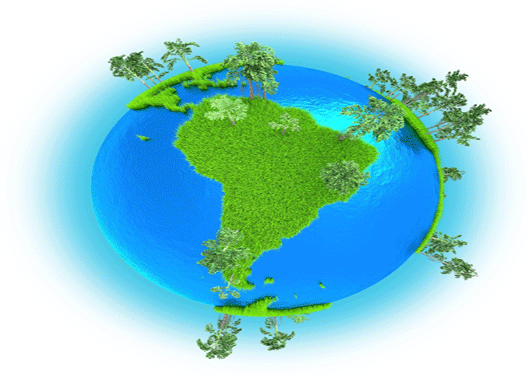
Visit Our Sponsors |
|
|
|
|
|
|
|
|
|
|
|
|
|
|
|
|
|
|
|
|
|
|
|
|
|
|
|
|
|
|
|
|
|
|
|
|
|
|
|
|
|
|
|
|
|
|
|
|
|
|
|
|
|
|
|
|

Its GDP grew about 3.4 percent in 2015, a full percentage point above the global growth rate, and is expected to increase to 4.2 percent in 2016, according to World Bank forecasts. The African Development Bank estimates that consumer spending will reach $2.2tr by 2030 (up more than twofold from $680bn in 2008). As home to seven of the world’s megacities, and with 29 million youths entering the labor force each year, Africa is fertile ground for investment in such areas as infrastructure and manufacturing.
These figures paint an optimistic picture of the continent as a whole. But Africa is made up of 54 fully recognized sovereign states that cover a vast range of natural ecosystems and an even vaster range of cultures, with some 2,000 languages spoken. Unfortunately, we’ve seen too many multinational corporations take their businesses into Africa without a deep understanding of local market dynamics, skills and conditions. They assume that success is a sure thing, and, as a result, their strategies turn out to be too broad. They revolve around growth projections rather than what individual markets actually need.
Understanding distinctions is critical.
RELATED CONTENT
RELATED VIDEOS
Timely, incisive articles delivered directly to your inbox.







